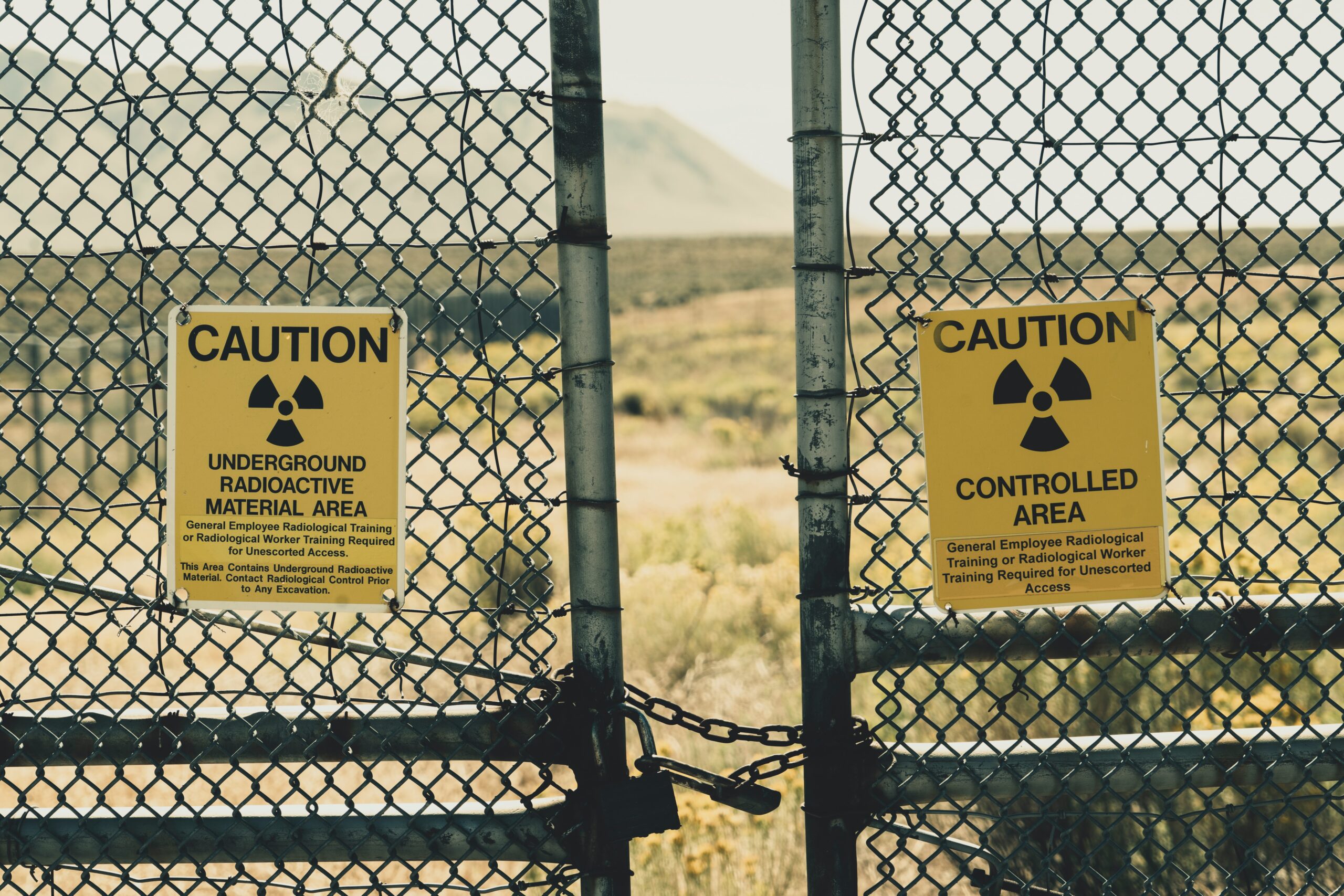Transforming Toxicity: The Healing Power of Compassionate Leadership in the Workplace


Compassion doesn’t mean overlooking inappropriate behavior or allowing poor performance. It’s about understanding the underlying reasons for toxic behavior and addressing them quickly and with empathy. Daring leaders are willing to confront the issues while recognizing that every individual has worth and dignity. Every individual carries burdens and needs grace. Each of us can be stronger together as we call one another up to the next level of extraordinary.
One of the first steps toward change is open communication. Encourage employees to voice their concerns, frustrations, and suggestions. This takes courage and humility on behalf of leaders because they need to model receptivity to potentially hard feedback. However, this also directly communicates value to your team members when you show genuine interest in their perspective. By providing a safe space for dialogue, leaders can gain insights into the root causes of toxicity, whether they’re related to workload, miscommunication, or personal issues.
Compassionate leadership also involves recognizing the signs of burnout. Burnout, brownout, or whatever you want to call it. Acknowledging the symptoms of burnout, caring enough to call it out, and actually taking steps toward overcoming it expresses to individuals and teams that leaders care. This alone is a game changer! Overworked and stressed employees can easily contribute to a toxic atmosphere. Leaders would be naïve to think otherwise.
Remember, change takes time.
Toxicity doesn’t vanish overnight. A compassionate leader provides consistent support and guidance, patiently steering the ship toward a healthier workplace. Healthy leaders recognize where the team is currently at, reminds individuals of values and mission, and keeps everyone moving forward with renewed confidence toward accomplishing the greater purpose.
Smart leaders will not simply settle for collaboration but will also incorporate celebration. In a toxic workplace, accomplishments might get overshadowed by negativity. Compassionate leaders make a point to acknowledge and celebrate even the smallest victories. This cultivates a sense of pride and motivation, steering the workplace culture away from toxicity. Bringing together individuals to celebrate strengthens individuals and teams. It is undeniably worth it every single time.
Furthermore, compassionate leaders exhibit emotional intelligence, a critical trait for effective leadership. By understanding the emotions and motivations of their team members, they can address issues at their core roots. Compassion fosters trust and loyalty, which are key components of a productive and unified team. Showing compassion, especially in a toxic environment, requires leaders to show up with courage and wisdom. Paul Aladenika, recently did a TED Talk on the impact of leaders showing up with kindness in a toxic workplace. I encourage each of you to take a listen!
Compassion doesn’t mean avoiding difficult decisions. If an employee’s toxic behavior persists despite efforts to address it, the leader will need to make the tough call. Compassion does not equate to endless mercy and excuse-making for toxic behavior. In order for compassionate leaders to foster an environment that cultivates growth and transformation within the team, certain individuals may need to be taken out of the environment. Again, this requires strong leaders to exhibit courage and wisdom.
Transforming a toxic workplace through compassionate leadership is a journey that requires dedication, patience, and a deep commitment to positive change.
By fostering open communication, accountability, and a culture of collaboration and celebration, leaders can transform a toxic environment into a greenhouse for individuals and teams to step into their next level of extraordinary.
Learn more about Melissa and Royal Coaching Colorado here.
.












